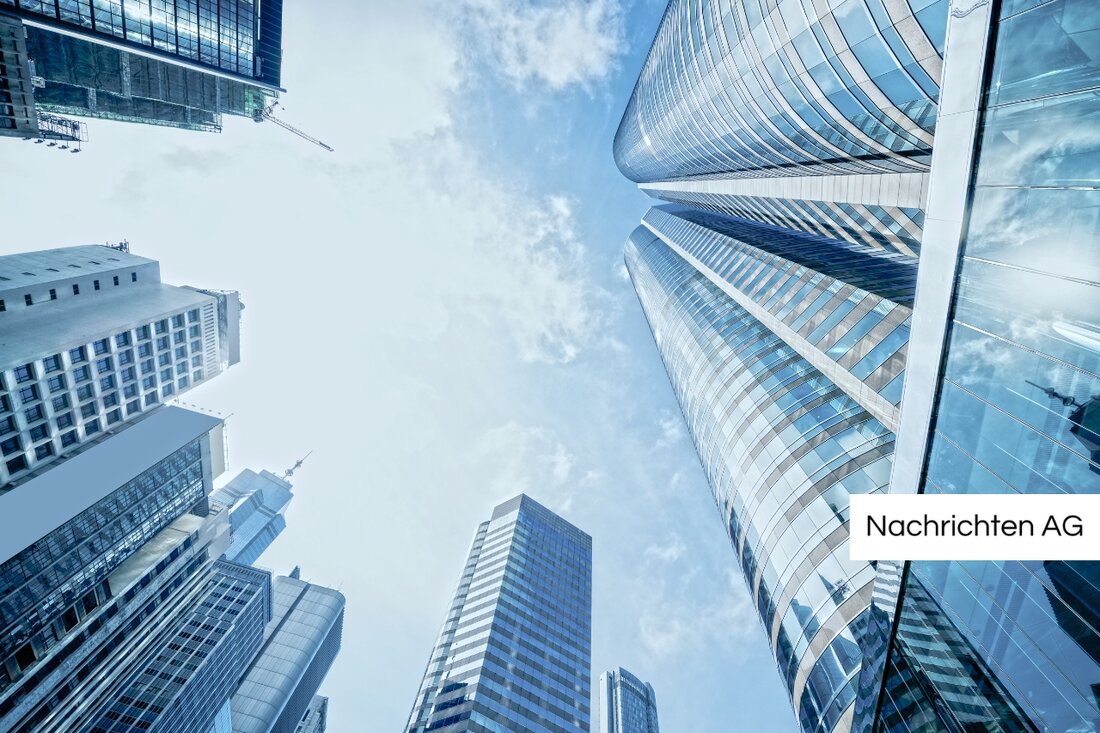Vienna changing: radars, new parking concepts and more relaxed roads!
Vienna plans comprehensive traffic reforms to increase the quality of life, including anti-raser package and parking space management.

Vienna changing: radars, new parking concepts and more relaxed roads!
The Vienna city government plans to have extensive traffic reforms that are recorded on around 200 pages in cross -coalition. However, these initiatives should not only improve mobility, but also the quality of life of the city dwellers. A central element of these reforms is the further development of parking management, which is to be optimized by digitally supported tools. The coalition paper also provides for a concrete traffic calming in the city center, supported by changes in the road traffic regulations at the federal level. The city wants to reduce pressure on traffic and increase quality of stay, especially in residential areas.
The planned measures include the introduction of "low traffic Grätzl", ie from traffic calming zones that aim to significantly increase the quality of life in the affected districts. This will also go hand in hand with the reduction of parking spaces. The focus on traffic calming is supplemented by an "anti-raser package" that provides for investments in additional radar locations for speed measurement. In addition, a German role model is considered to create a criminal offense for illegal street races.
challenges and opportunities of parking management
Due to the increasing population, the increasing commuter flows and the increasing delivery traffic in urban areas, space in public spaces has become increasingly scarce. Kfz traffic in Vienna is currently available two thirds of the street area, although only 27% of the paths are covered by car. Over a quarter of the total area of the streets is reserved for car parking areas, which leads to dissatisfied use of the urban areas. As a result, effective parking space management is necessary to improve the traffic situation and to secure air quality.
The concept of parking management, when implemented well and communicates with civil society, can increase the satisfaction of both the retailer and the residents. Cities that have successfully implemented this report on a significant improvement in quality of life. A current brochure of the Agora traffic turnaround offers municipalities support to invalidate typical objections to parking management and to promote a dialogue with the population. The approaches are based on empirical documents and experiences from other municipalities.
Vienna on the way to more urban quality of life
Another key point of the new measures is to reduce the CO2 emissions of traffic in Vienna. The goals are to reduce them by half by 2030 and also to dismantle the large number of people leveling off by 2030. As part of the urban development concept, 25,000 new trees are also to be planted in the street area by 2025, while asphalt areas are broken up in favor of green and water areas. Overall, it will be necessary to lead a broader discourse on the use of public space, whereby parking of cars as a pre -privileged right of use must be brought into focus.
In a time when car traffic is steadily increasing, a redesign of parking space management seems unavoidable to make Vienna into a city worth living that not only focuses on vehicle traffic, but also pedestrians, cyclists and other road users. These comprehensive changes are a great opportunity for the city to stand up as a pioneer for urban quality of life.

 Suche
Suche
